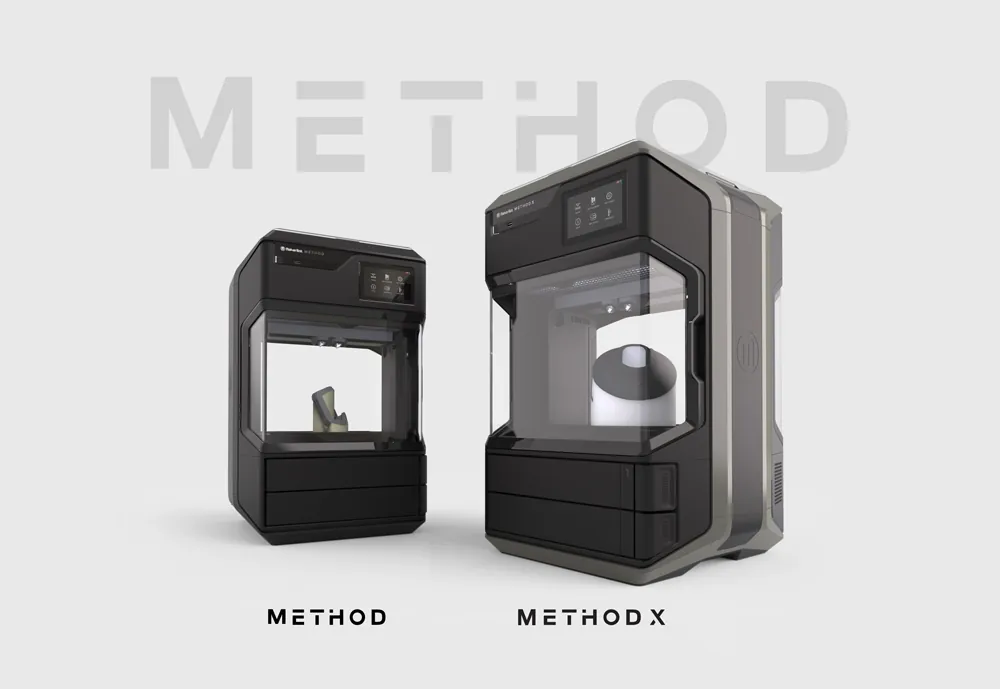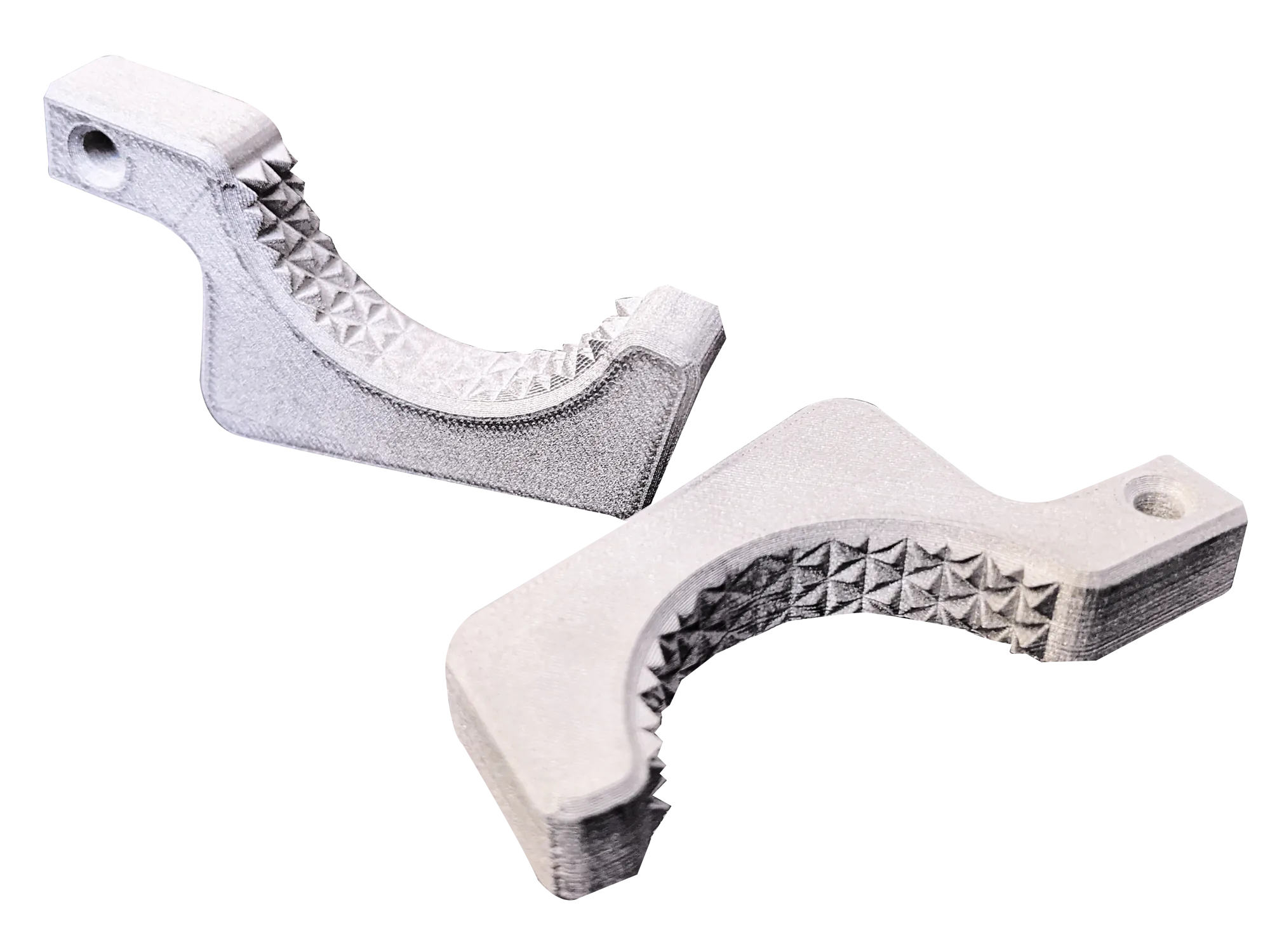3 Reasons Students Excel with Makerbot METHOD
The Makerbot METHOD series is an affordable 3D printer that delivers manufacturing-grade parts and an open platform for advanced engineering materials. The METHOD features a robust metal frame, heated build chamber, and moisture-controlled material storage. In the classroom, the Makerbot is prized for its reliability, speed, and professional-grade quality. With additive manufacturing poised to play a large role in the engineering and manufacturing industry for years to come, students with access to 3D printing technology have a large advantage in future job markets. Let's breakdown the top 3 reasons students excel with Makerbot METHOD:
Learn with a PROFESSIONAL Grade 3D PRINTer
Make the most out of lab time with Professional Grade Equipment
The Makerbot METHOD has earned the moniker 'tinker free' because of its out-of-the-box reliability and ease of use. A bustling makerspace can grind to a halt due to common 3D printing failures like uneven print beds, incorrect settings, or material mishaps. Why spend hours tinkering with a struggling hobby-grade printer? Lab time is a terrible thing to waste! The Makerbot METHOD's simple print interface, robust construction, and precise printing capabilities ensure that students get the most out of each 3D print.
- Experience a professional-grade, tinker-free, industrial 3D printer.
- Save time with uncompromised performance out of the box for prototyping, concept models, and end-use parts.
- Push design boundaries with consistent dimensional accuracy and complex geometric printing capabilities.

Prepare for the careers of the Future
gain career skills through Real World Exposure
Additive manufacturing technology continues to improve, going beyond prototyping applications, and proving to be a reliable and nimble production method. The workforce of the future will join engineering and manufacturing industries embracing 3D printing. The global additive manufacturing market generated $10.4 billion in revenue in 2019, and by 2029, is expected to generate about $55 billion per year, (according to a study by SmarTech Analysis.) Students with hands-on experience with professional-grade 3D printers will enter the job market with in-demand skills. The Makerbot METHOD offers students the chance to learn the features of professional 3D printers and benefit from the superior quality of their prints.
- Develop student career readiness with a 3D printer used increasingly in professional settings today.
- Grow career skills with printer features that provide exposure to industry practices and redefine traditional prototyping.
- Advance your students’ understanding of 3D printing
- Explore the ways students can use the Makerbot METHOD in learning, research, and manufacturing settings.
Experiment with more MATERIALS
an open materials platform means More Materials, More Possibilities.
Students are free to explore as many materials as possible with the open materials platform of the Makerbot METHOD. The METHOD offers a wide range of FDM materials, like PLA, ASA, and PVA, as well as Nylon Carbon Fiber and Stainless Steel. The unique capability of the Makerbot METHOD to print metal is due to the recent release of Makerbot's Ultrafuse 316L, a metal-polymer composite filament that creates stainless steel finished parts after a debinding and sintering process.
- Students can access unlimited materials with an Open Materials Platform enabled by MakerBot LABS.
- Expand research in any field with advanced polymers and composites from the world’s leading materials manufacturers.
- METHOD's Heated Chamber produces stronger parts than a heated build plate.

Learn More about 3D Printing
Binder Jetting and Stratasys? Meet SAF Technology
Stratasys Slicer Updates for FDM: GrabCAD Print & Insight
New Stratasys ABS-CF10 Carbon Fiber Composite 3D Printing Material
Look Inside the New Stratasys J850 Pro Multi-Material PolyJet 3D Printer
3D Printing with the F123 Series: Hardware, Software, and Materials

About Erica Manzella
As a member of GoEngineer's Marketing team, Erica works to spark conversation and learning by fostering GoEngineer's 3D Design community. The defining goal of every campaign is to ensure that each user stays on the cutting edge of their industry (and has fun doing it.)
Get our wide array of technical resources delivered right to your inbox.
Unsubscribe at any time.
